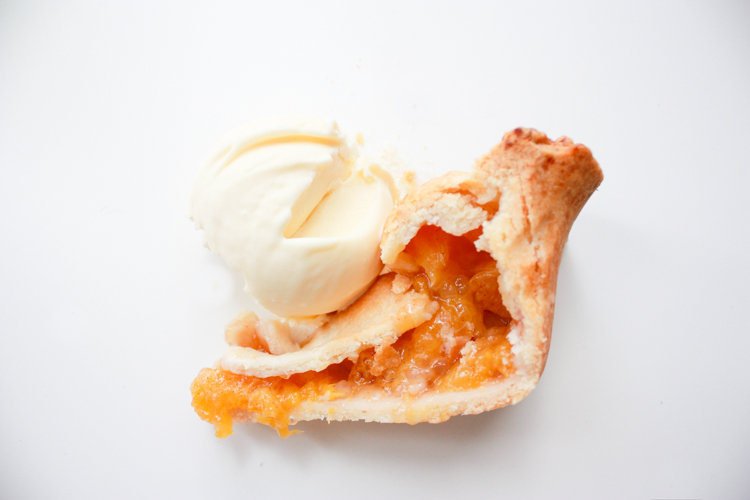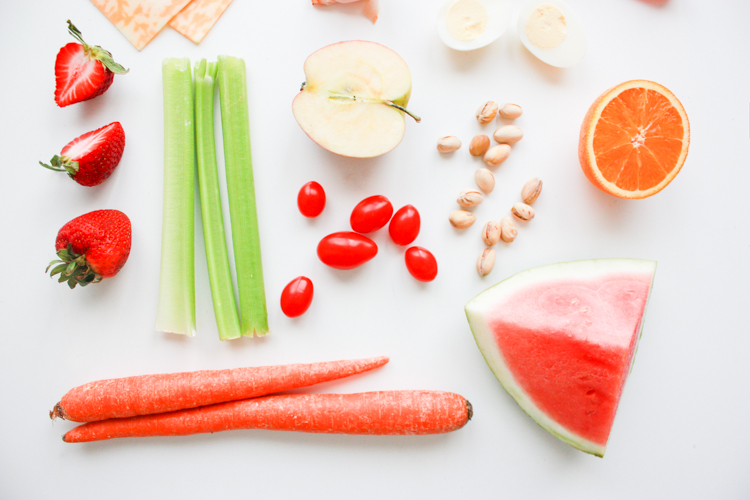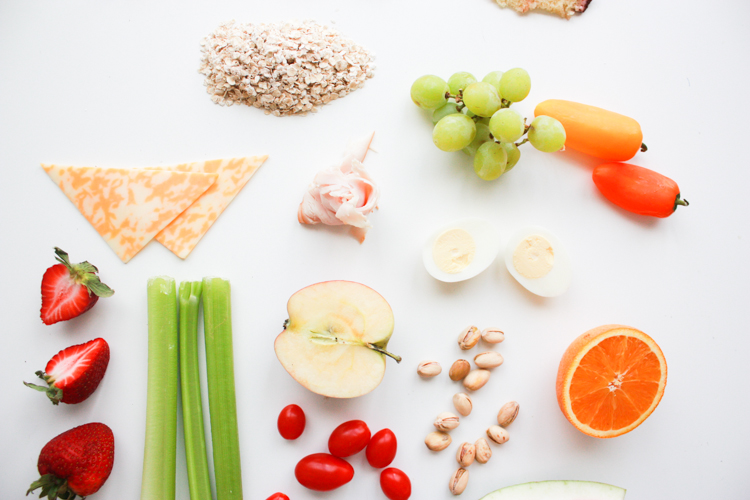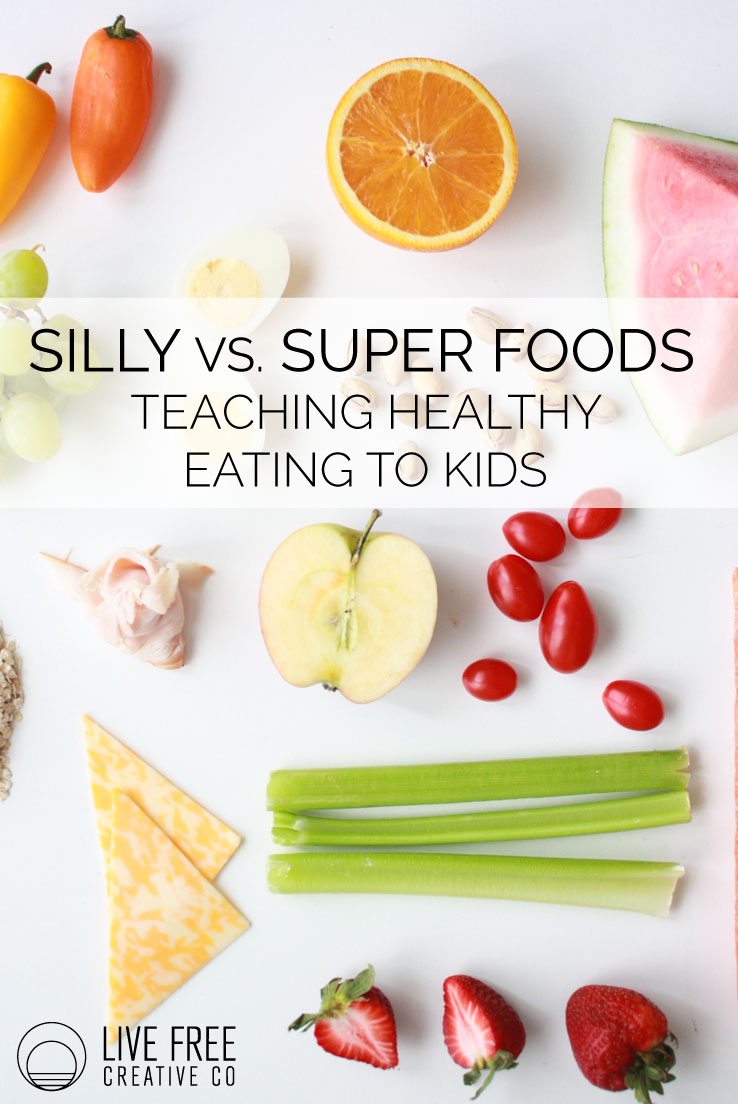Super Foods vs. Silly Foods
It’s no secret that I love food. I love healthy, fresh food. I love decadent, empty-calorie food. I adore sugar and fat and vitamins and fiber. Food makes me feel strong and powerful, and it also brings me comfort. I would say I have a very healthy relationship with food, even if not all of my choices are traditionally healthy. It’s something I want to share with my kids, starting young.
I found a couple years ago that making one simple change in my language regarding food made a huge impact on teaching healthy eating to my kids. I started using the terms “Super Food” and “Silly Food” to describe the different categories, rather than talking about “Junk Food” and “Healthy Food”.
The Difference Between Silly and Super
Kids learn very young about being silly and being super. Silly means fun, happy, giggly, and imaginative. Super means powerful, strong, and heroic. When I started talking to my kids about Silly Foods, I told them that these are the foods that taste great, are super fun to eat, make us happy, but don’t give our bodies any extra power. That’s why we have to eat Super Foods, too!
While the Super Foods might not always taste as great (but sometimes do!), they give our bodies the power they need to grow strong, give us energy, and help us do great things.
Give Kids The Choice
When we pick snacks to pack for the day, or to eat at home, I ask the kids to choose a Silly Food and a Super Food. Or if they’ve been a little crazy eating too many Silly Foods, we can balance it out with some additional Super Foods.
My kids have caught on, and the language change has prompted some great conversations about what types of foods are Silly, and which are Super. In my own mind (possibly influenced by years of soaking in Michael Pollan books), the closer it is to the ground, the more Super, so fresh fruits and vegetables are the MOST Super of all. Then minimally processed meats, cheeses and grains.
In the middle, some crackers, veggie chips, and trail mixes, then heading into Silly territory we get to home baked goods, store baked goods, processed snacks, and candies. 
Conclusion
I want my kids to love all food, and get to know what works for them to keep their bodies and minds healthy, super, and silly. Just this one simple tool in my back pocket has helped reason with them and has encouraged them to make good choices. As they grow up I’ll continue teaching about food and we’ll discover more ways to foster a healthy food relationship. We’ll also, enjoy every bite along the way!








